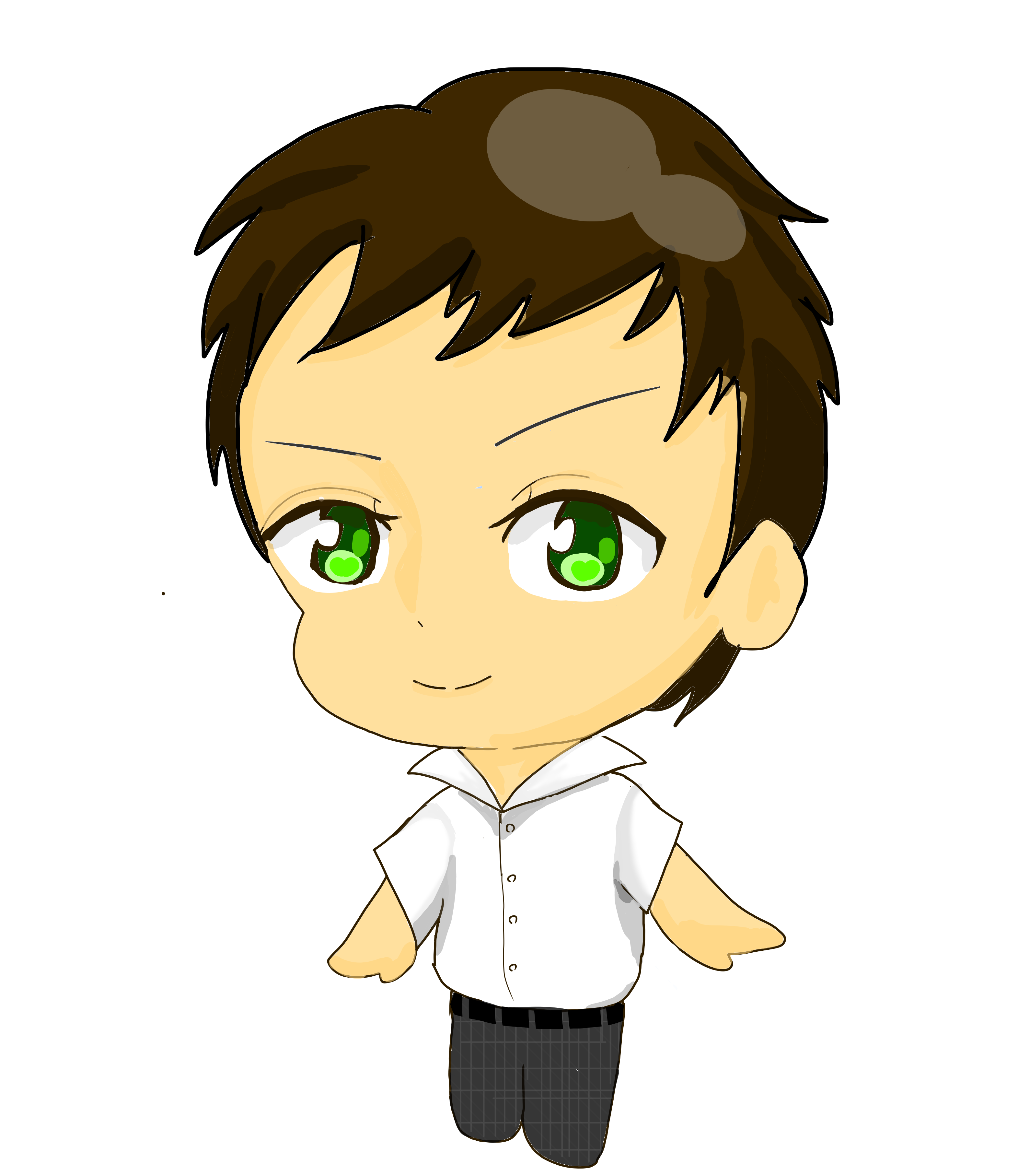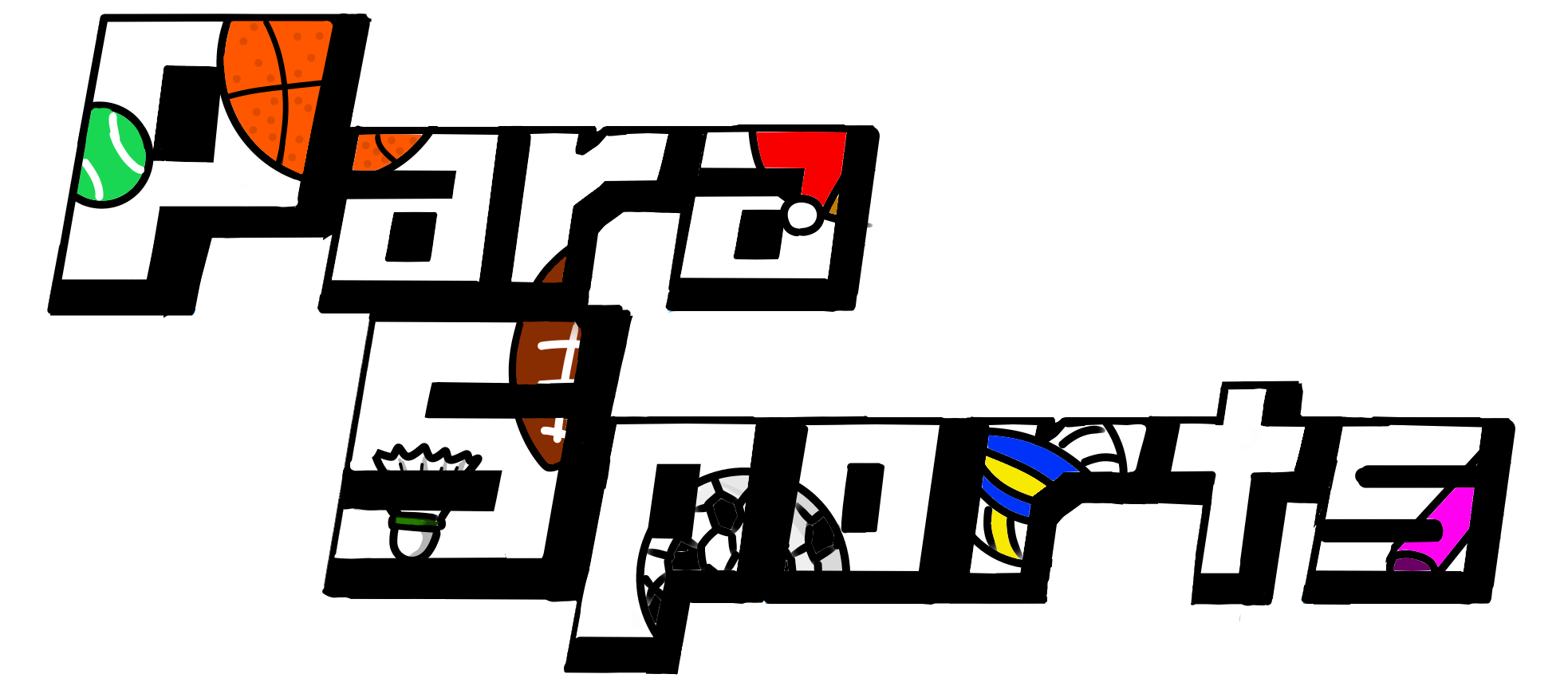Section3. History
This page introduces the origins of para-sports and the Paralympics, which are indispensable in the field of para-sports. This page does not introduce all the Paralympic Games, but only some of them. Please note that this page does not introduce all the Paralympic Games, but only some of them. Please understand.
Please read on to learn more about the history of Paralympic sports and the Paralympics.
The Origins of Parasport and the Paralympics
The beginnings of para-sports can be traced back to B.C. when challenged people began to exercise. The term "para-sports" was first used in Germany in 1888, when sports clubs for the challenged person were established.
The Paralympics did not begin as an international sporting event until 1960, but the original Paralympic Games for the challenged person were held in 1948 at the St Mark's Mandeville Hospital outside London. It was proposed by Dr. Ludwig Goodman as a way to rehabilitate soldiers who had sustained spinal cord injuries during World War II. I will now write about the history of the Paralympics in the past.
The first Paralympic Games, the beginning of the Paralympic Games (Rome)
The first competition was held in Rome, Italy, in 1960, with about 400 participants from 23 countries, and 57 events in 8 sports were held. Incidentally, Japan did not participate in this event.
The International Stoke Mandeville Games Committee (ISMGC) was established by the five countries of Great Britain, Italy, Belgium, France, and the Netherlands. This ISMGC has stated that it will be held only in the year when the Olympics are held after the Olympics are over in the host country.
The second tournament, held in two parts and given a nickname (Tokyo)
The second competition was held in Tokyo and was divided into two parts to allow all physically disabled people to participate in the competition, whereas the first competition was only for wheelchair users.
The first part of the two-part system was International Stoke Mandeville Competition, just like the first event, and the second part was a national competition for Japanese and West German athletes with total physical disabilities.
So it's a two-part competition, but only the first part, the International Stoke Mandeville Games, is called the second part. And the number of events and competitions held in this tournament spanned 144 events in 9 categories, and the number of participants in the tournament went up to 375 people.
In Japan, this event seems to have been the catalyst for the wide recognition of para-sports. Incidentally, the name "Paralympics" was given in Japan.
Development into an international sporting event for the physically disabled (Canada, Sweden)
In Toronto, which was held the same year as the Montréal Olympics, the participants were previously only wheelchair users, but now spinal cord injury, visual impairment, and amputee athletes were also allowed to participate. As a result, the number of participants has increased from 1004 at the previous Heidelberg Paralympics to 1657.
The games are also co-hosted by the International Stoke-Mandeville Games Federation (ISMGF) and the International Sports Organization for the Disabled (ISOD), affectionately known as the Torontolympiad. The same year as this competition, a competition in Sweden was held for amputees only.
Official name changed to Paralympics (Korea)
Olympics, the Olympics and Paralympics were held in different cities, but after this Olympics, the Summer Paralympics were held in the same city.
Incidentally, the Winter Paralympics were not held in the same city until the 1992 Albertville Games. The Paralympics not only had a name, but also a symbol. The symbol is made up of the same five colors as the Olympic colors: red, blue, green, yellow, and black. Incidentally, this symbol has been changed since the Lillehammer Games and is now red, blue, and green. The red represents the mind, the blue represents the body, and the green represents the soul, and it is said that these three meanings and colors are important elements that make up human beings, which is why the symbol was chosen.
IPC (International Paralympic Committee) is established.
The International St Mark's and Mandeville Games Committee (ISMGC) had previously handled the administration, but with the establishment of the International Paralympic Committee (IPU) in 1989, the administration was handed over to a 14-member team of experts.
The IPU headquarters was established in Bonn, Germany, and its first president was Dr. Robert D. Steadward.
Cooperation with the Olympics
At the Sydney Paralympic Games in 2000, representatives of the International Paralympic Committee and the International Olympic Committee held discussions and agreed on the basic principle that the host country of the Olympic Games would host the Paralympic Games after the Olympic Games, which deepened the cooperative relationship between the two sides.
A year later, a second meeting was held in Switzerland, where not only the basic points of the first meeting were confirmed, but more detailed cooperation was also discussed. In this way, the Paralympics has developed into another Paralympic Games and Olympics for a challenged person.
Unusual convention at Corona disaster (Tokyo)
This year, the 16th Paralympic Summer Games were held in Tokyo for the second time. Like the Olympics, the Paralympics were postponed for the first time due to the corona outbreak, and when the games were held, they were held without spectators due to the increased number of infected people.
However, the games went well and Japan won 13 gold medals, 15 silver medals, and 23 bronze medals, including a gold medal for Kunieda in tennis. There were some problems, but no clusters at the Paralympics. The Paralympics became a model for the Coronation Olympic and Paralympic Games, even though there are still some improvements to be made.
Summary

|
What did you think? |
Reference data
オリンピック・パラリンピック まるごと大百科
監修 真田 久(筑波大学教授) 学研プラス
Go "Introduction"
